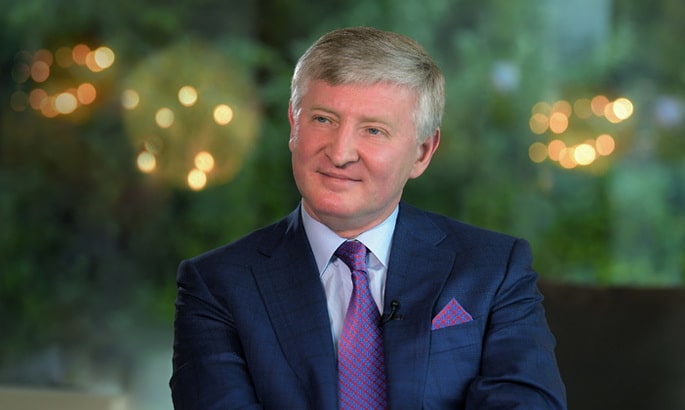The story of Elena Perminova – Walking through the latest fashion shows in the Tuileries Garden in Paris, it is impossible to miss the crowd of stars in Russian style. They are girls with delicate gaits, fierce, sharp cheekbones, and fashionable clothing from which the tags have been removed only minutes ago.
Whether they are the wives of billionaires, businessmen or the heiresses of hereditary oligarchs, these queens of the Russian fashion scene are the cream of the haute couture clientele.
Elena Perminova
At the center of this paparazzi frenzy is 35-year-old Elena Perminova, wife of Russian oligarch and media mogul Alexander Lebedev, who watched the Chanel show with her friend Miroslava Duma, also one of Russia’s most followed fashion influencers. It only takes two selfies of the girls on Instagram to generate unprecedented interest in the clothes.
“It’s exciting when people from all over the world can meet for a week and present their clothes. Fashion speaks all languages,” Perminova told Harper’s Bazaar.
The story that brings her to the front row of luxury fashion, however, is more dramatic than romance author Danielle Steele can imagine.
Born in Siberia to a poor family, as a child Lena Perminova never dreamed that she would ever wear Chanel clothing. There was never enough money at home, and when she found a boyfriend much older than her, he convinced her to sell ecstasy together in Russian discotheques.
At 16, Elena was arrested and sentenced to six years in prison for drug distribution.
“I was in a small prison cell with a stinking toilet, no soap and an iron bed fixed to the wall with staples,” Lena Perminova says.
Her daily life in this cell continues until her father meets Alexander Lebedev, then a member of the Russian parliament, begging him to help her daughter. And Lebedev agrees.
With his close-cropped gray hair, thin glasses and branded sneakers, the then 43-year-old Lebedev (now 62) looked more like a chess grandmaster than a media mogul. And his story is no less exciting than Perminova’s.
Former KGB agent Alexander Lebedev
Former KGB agent Alexander Lebedev amassed his wealth through securities trading in the 1990s. In 2006, together with the former president Mikhail Gorbachev, they bought a 49 percent share in “Novaya Gazeta”, and a few years later, they also bought the British newspapers London Evening Standard and The Independent, whose leadership is now taken over by his son Yevgeny Lebedev.
In 2013, Lebedev was put on trial for assaulting a businessman during a televised debate. He was accused of “hooliganism motivated by political hatred” and sentenced to 150 hours of community service.
When he meets Elena, Lebedev leads a witness protection campaign and therefore agrees to help her get out of prison. The two immediately like each other. Under the influence of Lebedev, Perminova abandoned her dream of a career as a model, returned to school, took a diploma and then enrolled in “Economics” at Moscow State University.
Three years after they met, Perminova and Lebedev became a couple, and a decade later they got married and raised their four children together.
“First of all, we are good friends. And with each passing day, we become closer,” says Lena Perminova.
Along with her husband’s money, she gets a chance to attend major fashion events such as the Council of Fashion Designers of the USA Awards, where in 2008 her style of dressing was noticed for the first time. One of the photographers at the event mistakes her for a model, takes some professional photos of her, and after sharing them on Instagram, her followers skyrocket to 155,000.
Today, there are over 2.5 million profiles that compare their fashion watch to Perminova’s style.
“My clothes have always been a combination of ‘low’ and ‘high’ fashion. On my first trip to New York, Alexander told me, ‘Go to Bergdorf’s and buy something,’ but all the clothes were so nice that I couldn’t decide. I remember that I bought some jeans and wore them with his sweatshirt. I was walking in New York and everyone around me was looking at me. That’s how I began to understand what I wanted,” says Lena Perminova.
Part of the appeal of her profile is that she knows how to combine clothes few people can afford with affordable items from Zara and H&M, hoping that her example will usher in the end of brand slavery.
“Russian style began to change, and thank God. In the past, only labels mattered. Everyone wanted to show that they were rich. I never liked that. Fashion is above all a way to express yourself, regardless of money. The most “It’s important to have individuality. Otherwise, you’ll get lost in the crowd,” says Lena Perminova.

















